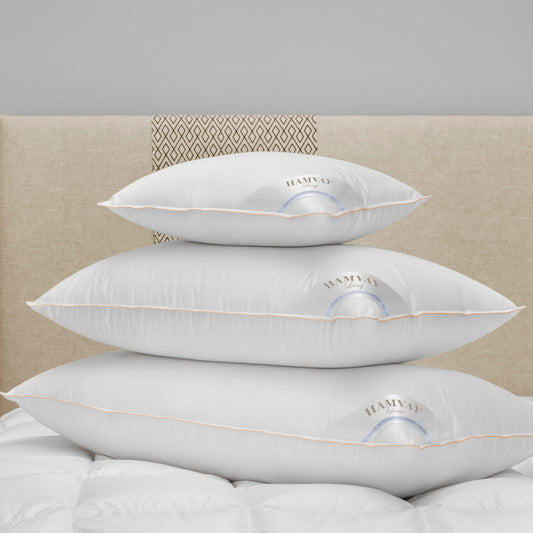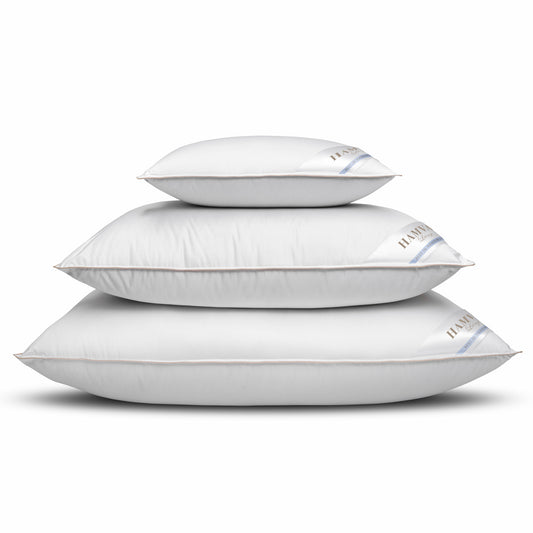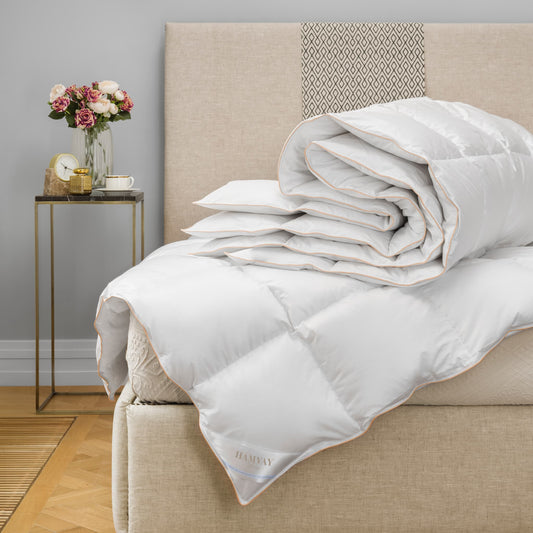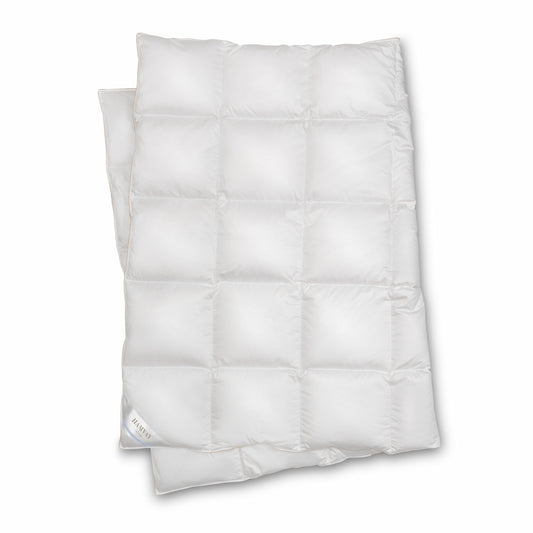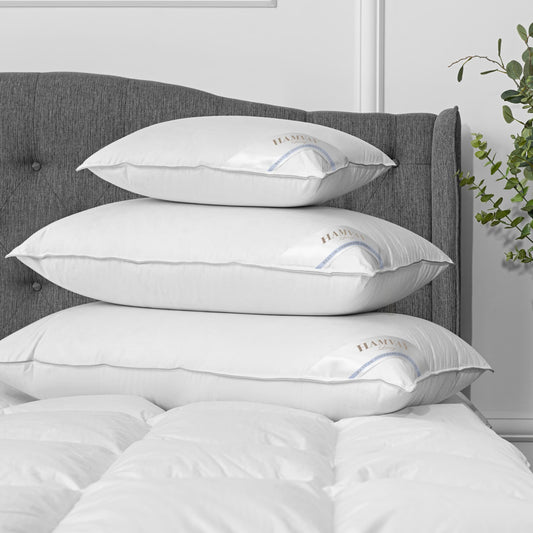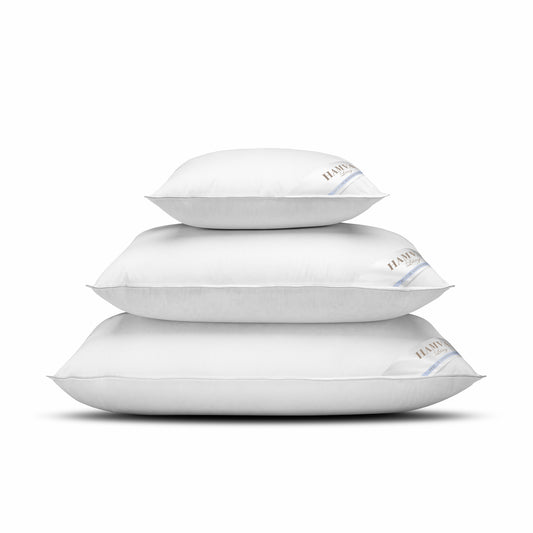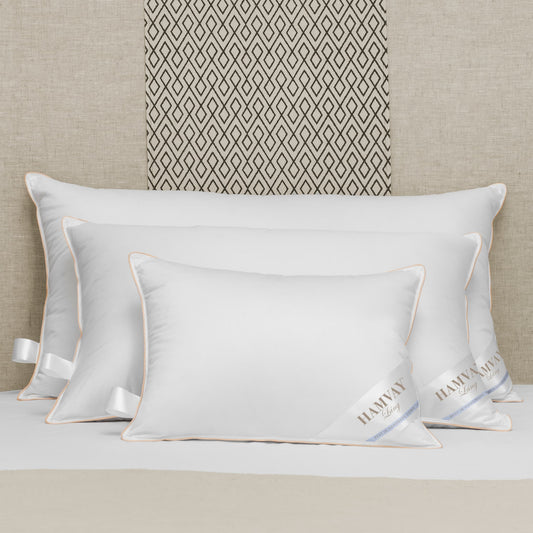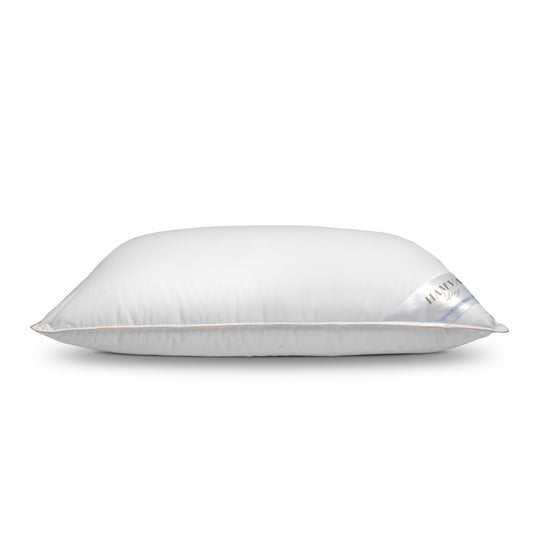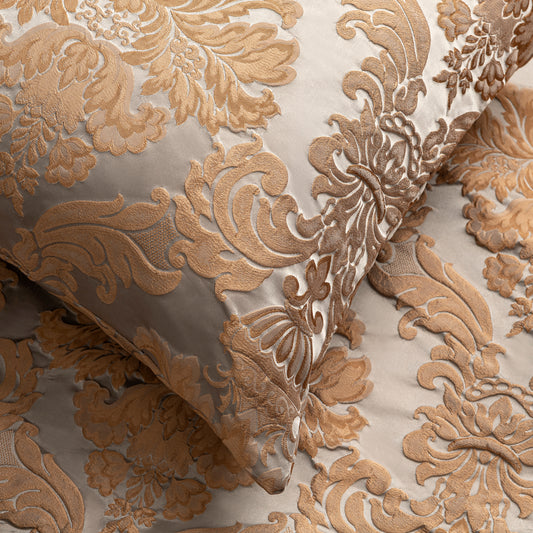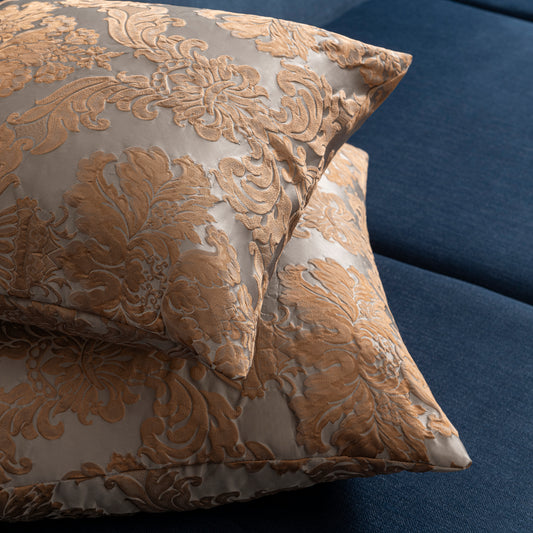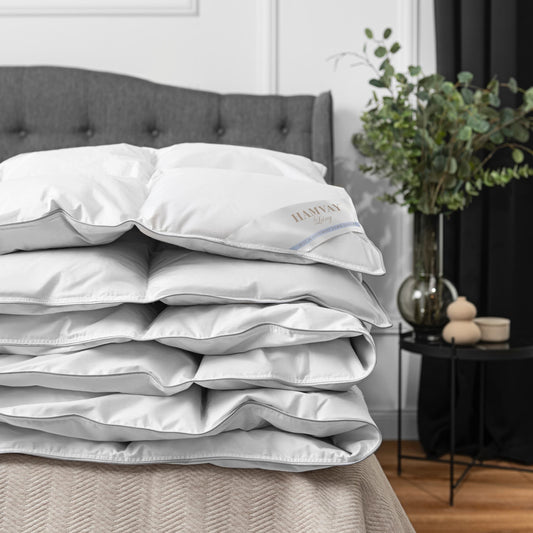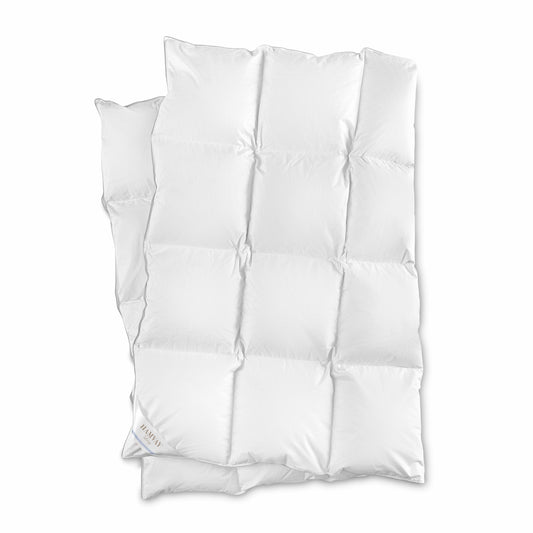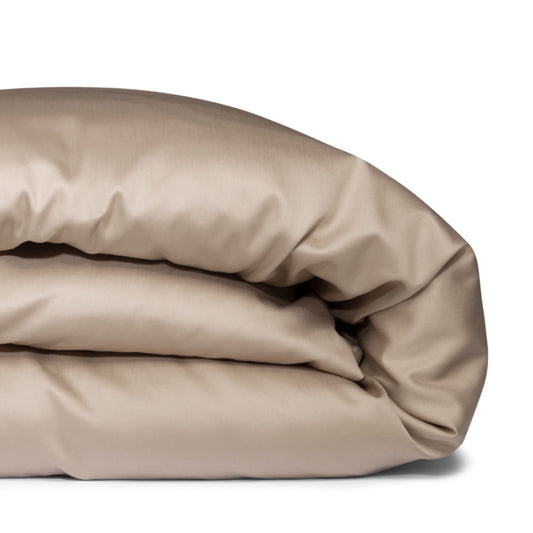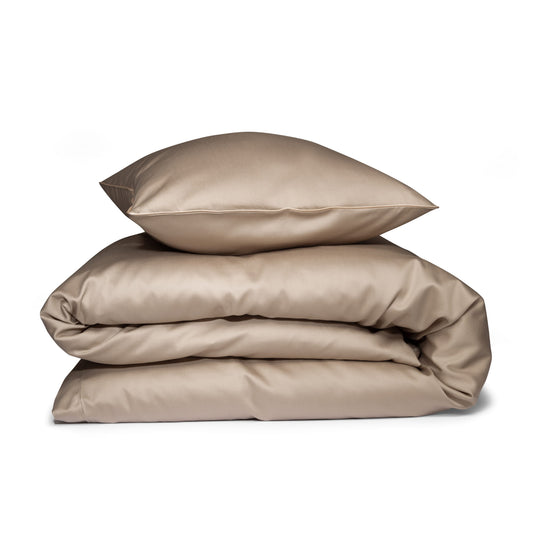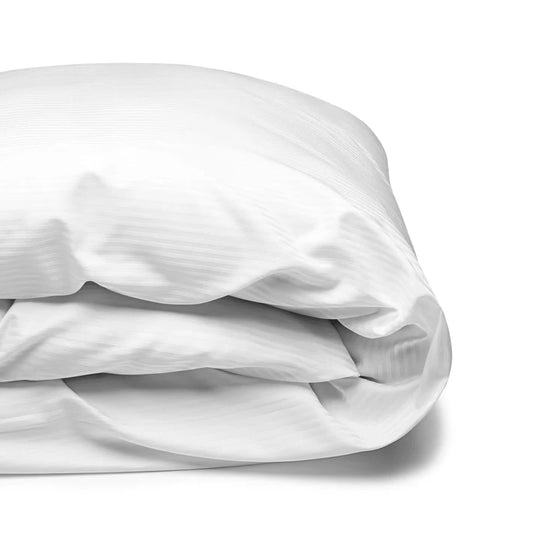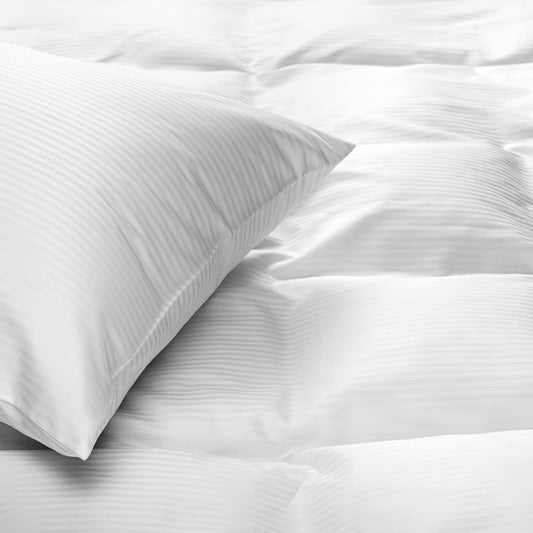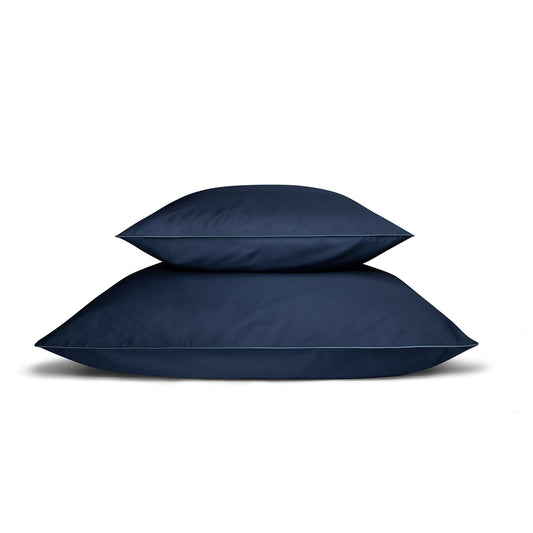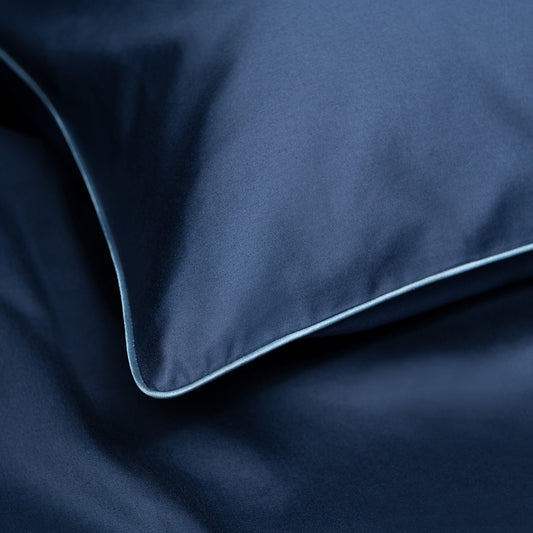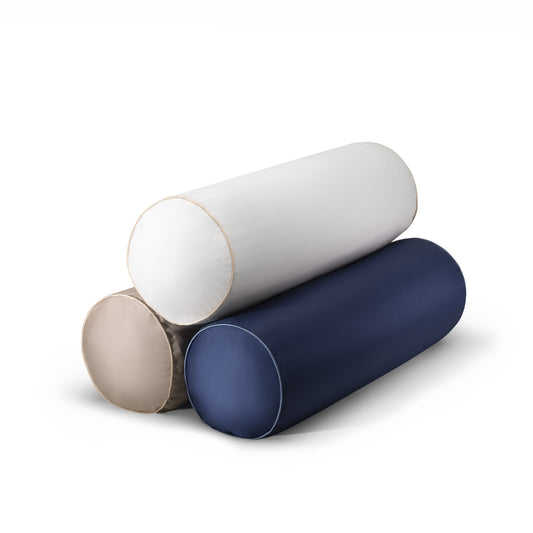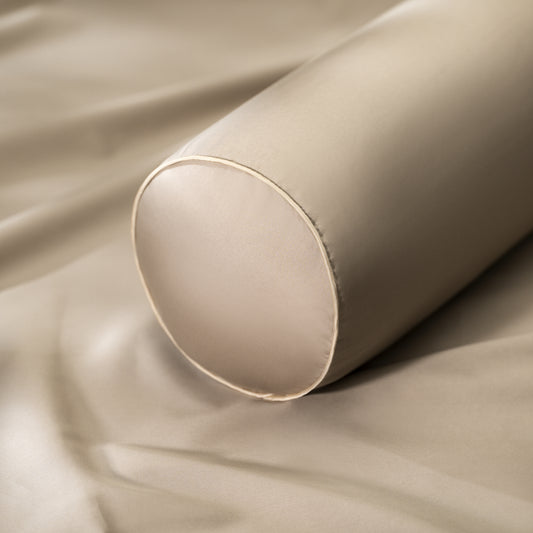
Pillow Size Chart – How to Choose the Perfect Size
Share
Choosing the right pillow size is important for numerous reasons. Most importantly, you ensure proper neck and head support and sleep more comfortably. If you’re having difficulty finding the perfect pillow size for your bed or struggle with your current pillow size, we’re here to help. After all, feeling sleep deprived or waking up with neck pain due to the wrong pillow is completely avoidable when you know what to look for.
This article explains everything you need to know about choosing the right pillow size.
Why Pillow Size Matters?
Pillows enhance our sleep and offer the balance of comfort and support needed for the head and neck. These bedding elements are available in numerous sizes to meet different requirements.
When you have a pillow that doesn’t fit your needs, you can experience neck pain and sleep poorly. Your back and neck need proper support during the night to keep your spinal alignment in check. You also get to avoid upper back pain and neck ache.
Some of the most common problems with pillows include, but are not limited to:
- The firmness of the pillow
- Materials the pillow is made from
- Size of the pillow
- Choosing the wrong pillow for your sleeping position
- Choosing the wrong pillow for neck and back pain
Here is a size chart to help you find the perfect pillow.

Pillow Sizes Chart – A Useful Guide
Let’s start by looking at the different pillow sizes.
Junior
Size: 16 x 20 inches (40 x 50 cm)
Junior pillows are suitable for young children and toddlers. These pillows fit smaller beds and can be used for most sleeping positions.
Standard
Size: 20 x 26 inches (50 x 65 cm)
A standard pillow size measures 20 x 26 inches (50 x 65 cm). This compact pillow size is ideal for sleepers who don’t change their sleeping position during the night. Combination sleepers who often toss and turn may experience problems with these pillows. On the other hand, back sleepers, side sleepers, and stomach sleepers will find standard pillows ideal.
You can use one standard pillow for a twin bed and two standard pillows for a full-size or queen bed. Note that standard pillows are not the perfect fit for California King or King size beds.
Queen
Size: 20 x 30 inches (50 x 75 cm)
The queen-size pillow dimensions are 20 x 30 inches (50 x 75 cm). You can find slight variations among brands, however. If you’re a restless sleeper, consider a queen-size pillow. This pillow fits in a standard pillowcase but has a snug feel.
You can place a queen sleeping pillow on a twin bed and use two pillows for a queen size bed. Two of these pillows also work great on full-size beds but may feel too small on a California king unless you want extra space between them.
King
Size: 20 x 36 inches (50 x 90 cm)
King-size pillow dimensions differ from one manufacturer to another, but most average 20 36 inches (50 x 90 cm). Active sleepers benefit from these pillows the most. If you toss and turn at night, this is the pillow for you.
King-size pillows are also excellent for back support when you sit up in bed or watch TV. The additional length supports your lumbar area too. These pillows can be used on all types of beds.
Types of Pillows
Throw Pillows
Decorative pillows (or throw pillows) are used in living rooms or on beds. They come in all sizes and shapes.
Body Pillows
Size: 20 x 63 inches
Body pillows are excellent for side sleepers. They usually measure 20 inches by 63 inches and fit your natural body shape while offering additional support for sleeping on the side. Pregnant women love body pillows as they prevent them from rolling onto their back or stomach at night.
Neck Roll Pillows
Neck roll pillows are support pillows designed with the primarily aim to help you neck and back while sleeping.
Travel Pillows
Size: 12 x 16 inches
Travel pillows offer neck support on long plane trips or car drives.
Euro Sham Pillows
Size: 26 x 26 inches
Euro pillows have a similar purpose to throw pillows. They add visual appeal and are rarely used for sleeping.
Pregnancy Pillows
Pregnancy pillows are available in various shapes and sizes to fit the needs of pregnant women at all stages of pregnancy.

Tips for Choosing the Right Pillow
When it comes to choosing the perfect pillow, you should consider the following.
Your Sleeping Position
Not all pillows are suitable for all sleepers. Go for a standard size if you have one sleeping position. However, if you toss and turn or change multiple positions, a bigger size pillow will be better.
Neck and Back Pain
If you have back pain, you’ll want to consider a body pillow. These pillows have the ideal mix of support and softness to take the pressure off your neck. Body pillows follow your body shape and provide all-night comfort.
For neck pain, it’s worth trying neck roll pillows. These pillows provide ultimate support to the neck but can also be used under the knees for back sleepers. Side sleepers can use these pillows under the arms.
Fills
Pillows have different types of pillow fills:
- Down – luxurious feel, durable, eco-friendly
- Feather – moldable, affordable, and lightweight
- Down and feather mix – soft and warm
- Down alternative – hypoallergenic, vegan, not as soft as down, but fluffy enough
Hot sleepers and those who appreciate comfort and luxury should choose down pillows. Their quality is unparalleled. Down pillows are ideal for side sleepers, back sleepers, and stomach sleepers as well.
Fill Power
Fill power measures the quality of the down. The range is from 300 to 800, and anything above 600 is considered excellent quality. The higher the fill, the fluffier the pillow. Hamvay-Láng down products come with a fill power of 750+.
The fill weight, on the other hand, measures the pillow's firmness. The higher the fill weight, the heavier and firmer the pillow.
Hamvay-Láng has three types of down pillows – PureDelight, PureComfort, and Chamber pillow. PureDelight is softer, while PureComfort is medium, and the Chamber pillow is medium firm.
How Many Pillows to Put on a Bed
If you have a full-size bed, two standard pillows will work just fine for the back, stomach, and side sleepers. You can add one or two accent pillows for added visual appeal. The choice ultimately depends on your preferences and needs. But when it comes to sleeping, you can use a single pillow per person.
Pillow Care
- It’s essential to keep your pillow free from moisture.
- Always use a pillow cover or protector.
- Fluff the pillow daily before making your bed.
- Store the pillows you don’t use in a ventilated area, ideally on the shelf in a closet.
If you have a down pillow, avoid placing them in the washing machine. You can dry or spot-clean the pillow with mild soap and cool to lukewarm water. Try vinegar for stubborn stains.
Replacing the Pillow
You’ll know it’s time to replace your pillow when it loses its original form and structure. The down can stick together, and the pillow will feel less comfortable and flat. It may even start causing neck or back pain.
In general, down and feather pillows last up to ten years. Synthetic pillows last up to two years. For memory foam pillows, the lifespan depends on how frequently you use them.
Ready for Your Ideal Pillow Purchase?
Purchasing the perfect pillow requires thought and consideration. After you determine your sleeping position and personal preferences, you’ll have a clear idea of the ideal bed pillow size and type for your needs. Check out Hamvay-Láng’s collection of high-quality down pillows for the best night’s sleep.

